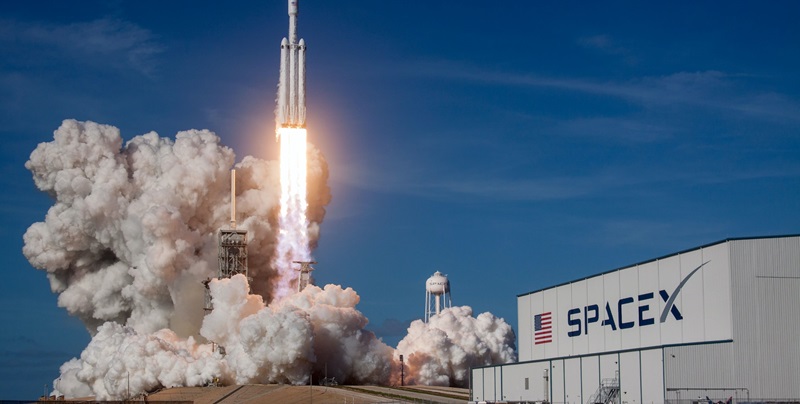SpaceX, the renowned aerospace company founded by Elon Musk, has recently filed a lawsuit against the National Labor Relations Board (NLRB) in a Texas federal court. The legal action is in response to an unfair labor practice charge filed against SpaceX in 2022, which the company claims subjected them to an unconstitutional administrative hearing. This article delves into the background of the labor dispute, the NLRB’s actions, SpaceX’s lawsuit, its similarities to the Jarkesy case, and the company’s request to declare removal protections unconstitutional. Additionally, the article discusses past workplace allegations faced by SpaceX and the implications this lawsuit may have for the company.
Background
The legal clash between SpaceX and the NLRB originates from a June 2022 incident in which a group of employees within the company voiced their concerns regarding workplace conditions and practices through an open letter. Shortly after the publication of the open letter, the NLRB initiated an investigation.
NLRB Actions
In response to their investigation, an NLRB regional director issued a consolidated complaint and notice of hearing, scheduling an agency administrative law judge hearing to take place in March. This further escalated the dispute, prompting SpaceX to challenge the constitutionality of the administrative hearing.
SpaceX Lawsuit
To contest the NLRB’s actions, SpaceX filed a lawsuit against the agency in the U.S. District Court for the Southern District of Texas. The company argues that the administrative hearing structure violates its constitutional rights, particularly its right to a jury trial. Citing the Jarkesy case, which involves similar questions about the constitutionality of administrative proceedings, SpaceX’s lawsuit highlights the potential unconstitutionality of the NLRB’s actions.
Comparison to the Jarkesy case
The Jarkesy case, centered around a securities fraud enforcement action brought by the Securities and Exchange Commission (SEC), holds relevance in SpaceX’s dispute. In Jarkesy, the 5th Circuit deemed the SEC’s adjudication unconstitutional as it violated the right to a jury trial and represented an improper delegation of legislative power by Congress. SpaceX draws parallels between its own situation and Jarkesy, reinforcing the claim that the NLRB’s administrative hearing is unconstitutional.
Similar claims in SpaceX’s lawsuit
SpaceX’s lawsuit mirrors the arguments made in the Jarkesy case. It challenges the constitutionality of the administrative hearing, asserting that it violates the right to a jury trial and that the removal protections for NLRB law judges are unconstitutional.
Request to declare removal protections unconstitutional
In its lawsuit against the NLRB, SpaceX goes a step further and asks the district court to declare the statutory removal protections for NLRB judges as unconstitutional. This request tackles a fundamental aspect of the NLRB’s administrative proceedings, aiming to challenge the agency’s structure on a broader scale.
SpaceX’s Previous Workplace Allegations
Notably, this legal dispute is not SpaceX’s first encounter with allegations of a toxic work environment. The company, along with other entities under Elon Musk’s leadership, has faced multiple such accusations in recent years. These past workplace allegations could potentially influence the outcome or perception of the current legal battle.
SpaceX’s lawsuit against the NLRB highlights its dissatisfaction with the administrative hearing and raises questions about its constitutionality. Drawing upon the precedents set in the Jarkesy case, SpaceX seeks to challenge the NLRB’s actions and removal protections. As the legal proceedings unfold, it remains to be seen how this high-profile case will shape the rights and responsibilities of employers, employees, and the administration of labor disputes in the future.

